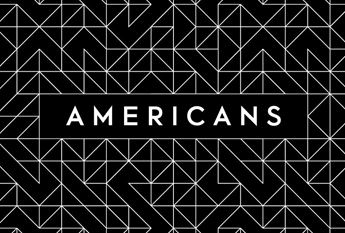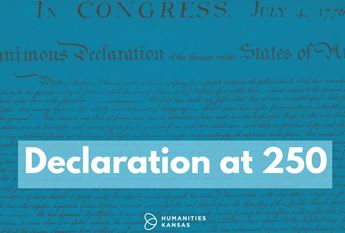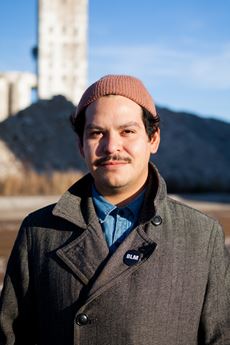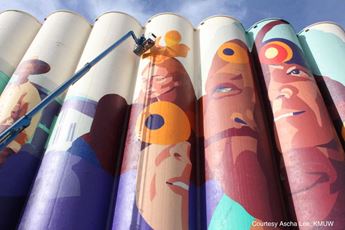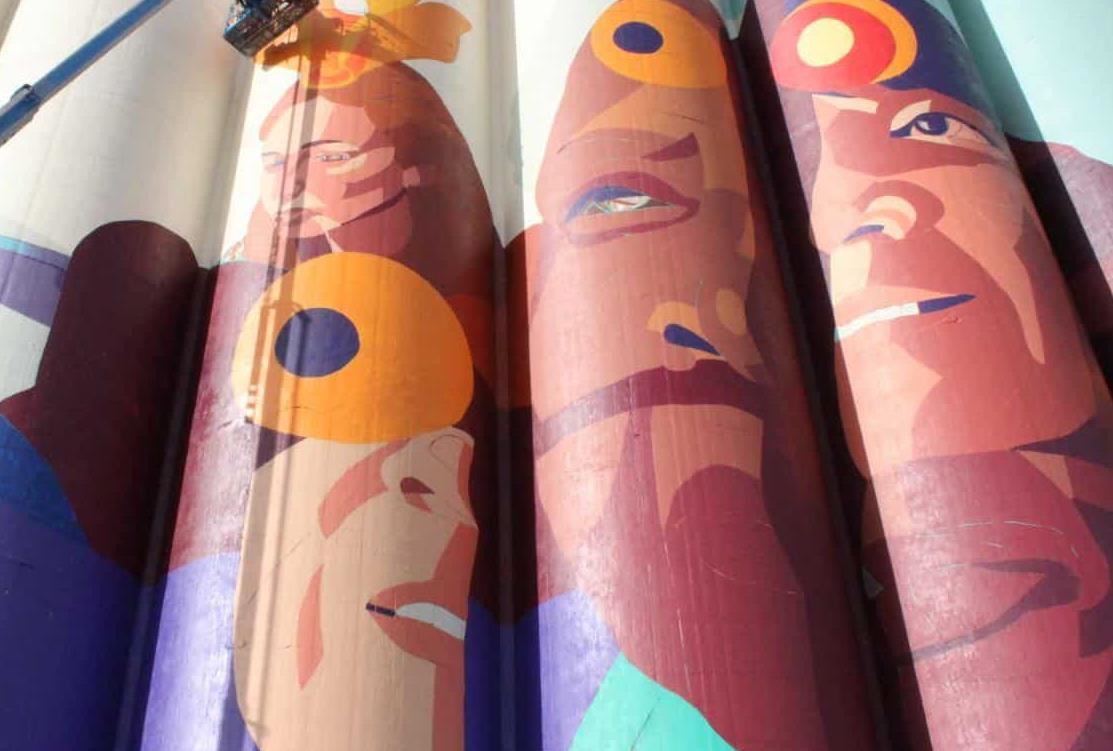

What Does Your Horizon Look Like?
February 6, 2019
What does your horizon look like? North Wichita residents answered this question and their insights, vision, and reflections are now part of "The Color Line," a new exhibition at The Kansas African American Museum produced by the Horizontes project with the support of an HK Humanities for All grant.
What's in your horizon?
For Armando Minjarez, this deceptively simple question emerged one day nearly six years ago.
Minjarez needed to get to a meeting at the Boys and Girls Club of South Central Kansas and while driving around North Wichita looking for his destination – the aptly named Opportunity drive-- he noticed two things about this historically African American and Latino neighborhood.
First, he drove past two little girls playing in the street. As he recalls, “The unexpected sight of childhood play and joy was a welcome break from the frustrating neighborhood exploration.”
The second thing he noticed was the environment surrounding the two girls at play: a massive grain elevator and Interstate 135. He describes the moment: “The backdrop to this playful childhood interaction dominated by. . .omnipresent concrete giants suddenly prompted a series of thoughts and reflections.”
- What is the psychological impact of growing up in an industrial setting?
- What influence do residents have in the development of the built environment surrounding surrounding them?
- If those girls could voice what they wanted to see everyday, what would their horizon look like?
Minjarez applied for an HK Humanities for All grant to mobilize a door-to-door campaign for a project he titled “Horizontes” (Horizon in Spanish). Horizontes recorded personal stories and collected residential data “in order to bring agency to neighborhood residents by investigating their priorities and understanding of their own neighborhood.”
A selection of these stories were recorded along with photographic portraits taken by four local photographers that culminated in an interactive exhibit, “The Color Line” on view at the Kansas African American Museum through May 18.
Twelve canvassers engaged in over 600 conversations during the summer and fall and over 400 residents filled out a survey.
As described by Horizontes, “These neighborhoods, located in the city’s urban core, are living examples of a historic and systemic lack of access to resources necessary to grow and sustain a strong social fabric. Despite this palpable institutional neglect, North Wichita neighborhoods are rich in history and character.”
This is my neighborhood
“This is my neighborhood,” stated Delores Potter, long-time resident of the Wichita neighborhood known as Northeast. The declaration made with pride, gets to the heart of the “Color Line” exhibit. Potter stated that she moved to Northeast decades ago as a young wife. She reminisced, “we called on each other for whatever we needed and we did whatever we could to make our neighbors happy.”
Minjarez noted that the project met its goal “to inspire and agitate action, to catalyze people’s dreams for their community.”
He hopes that the residents of North Wichita attend the exhibit and “see themselves as full humans, deserving of living a dignified life, and able to dream and act.” He wants “Color Line” to spark curiosity among people of color to see one another in a different light and give youth the confidence they need for their self-determination.
The World’s Largest Mural
And those two girls playing in the street all those years ago with the grain elevator as a back drop? Minjarez, an artist as well as a community organizer, visualized it as a canvas. He received a grant from the Knight Foundation to adorn the grain elevator and other neighborhood structures with art. The grain elevator now showcases the world’s largest mural painted by a single artist. Measuring over 50,000 square feet, the mural painted by Colombian artist GLeo depicts people of color representing the residents of North Wichita.
Join the Movement of Ideas
- Visit "The Color Line" on exhibit at The Kansas African American Museum in Wichita now through May 18.
- Explore the murals in North Wichita, including the record breaking Beachner grain elevator.


